Boost usability and cut down on confusion by building out landing pages and microsites for new service lines.
When introducing a new service line, it’s tempting for hospitals to present new information by simply adding a new section or tab to an existing website. However, speaking directly to patients’ needs by creating a specialized landing page or microsite is a more effective way to increase conversions.
A landing page is a particular page on a website that promotes a single product or service, while a microsite is a specific domain (containing several pages) that covers an individual campaign. These resources are tailored to an audience’s unique concerns and encourage them to take specific actions like scheduling an appointment.
By breaking down service lines into landing pages or microsites with corresponding ad campaigns, hospitals and medical practices can maintain consistent messaging and capture an audience’s attention. Here’s how this strategy can help engage visitors and drive patient conversions.
Improve Navigation
More patients than ever are using the internet to gather information about a specific condition or treatment, but many hospital websites aren’t set up to easily provide that information. Patients may become confused or overwhelmed if they have to navigate through a general hospital website to find the condition they’re looking for.
A targeted landing page or microsite, however, directs patients to the right information quickly and easily. For example, patients searching for ACL surgery are more likely to respond to a landing page dedicated to the procedure instead of having to comb through menu after menu on a general hospital page.
Navigability can have a real impact on your hospital’s bottom line. A 2016 survey reveals that a website’s usability and accessibility may actually be more important to patients than reputability when it comes to choosing between different providers. That’s why it’s important to not only build relevant landing pages or microsites, but to make them visually appealing and scannable.
Boost SEO Rankings
When Google’s algorithms crawl sites to rank search results, they’re looking for individual pages — not entire sites — that align with specific queries. Hospital marketers are more likely to find success by creating landing pages that meet narrower search criteria than trying to improve the rankings of their entire site. By concentrating specific keywords on one page or microsite, providers increase their chance of showing up in search engine results pages (SERPs).
Hospitals and medical providers can take advantage of this SEO strategy by creating landing pages or microsites for procedures, equipment, staff, or the latest trends in the field. By dedicating a separate page to each of these topics, marketers are providing Google with more options to show in search results. This is especially effective when using long tail keywords — detailed phrases like “varicose vein treatment Los Angeles” — which target patients who are further along in the conversion process.
Increase Conversions
Patients are busy and don’t want to jump through hoops to find effective treatment options. That’s why it’s important to make landing pages and microsites easy-to-use with clear calls to action (CTAs). These pages should direct patients to complete a goal such as setting up an appointment, requesting more information, or downloading a resource. Accessible CTAs allow patients to follow through on next steps as soon as they’ve made their decision.
Easily navigable landing pages and microsites not only keep patients happy, but they also lead to increased conversions. When patients can find resources quickly, they are less likely to become frustrated or distracted and exit the page for a competitor’s site.
Building effective landing pages or microsites helps meet patients’ needs and ensure that they have a high-quality digital experience. By focusing on specific service lines and marketing to interested audiences accordingly, hospitals and healthcare providers can successfully attract new patients who are likely to convert.

















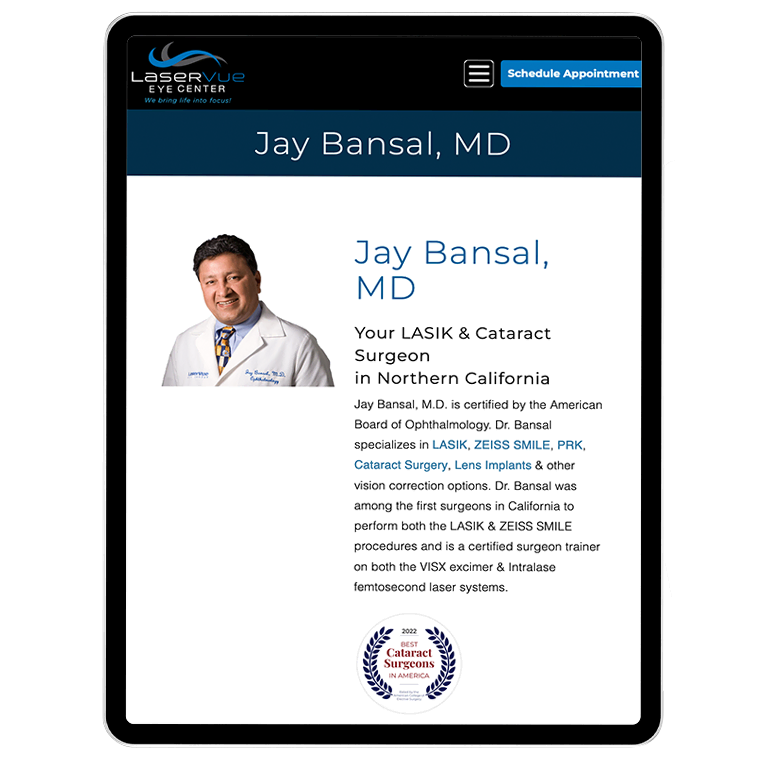


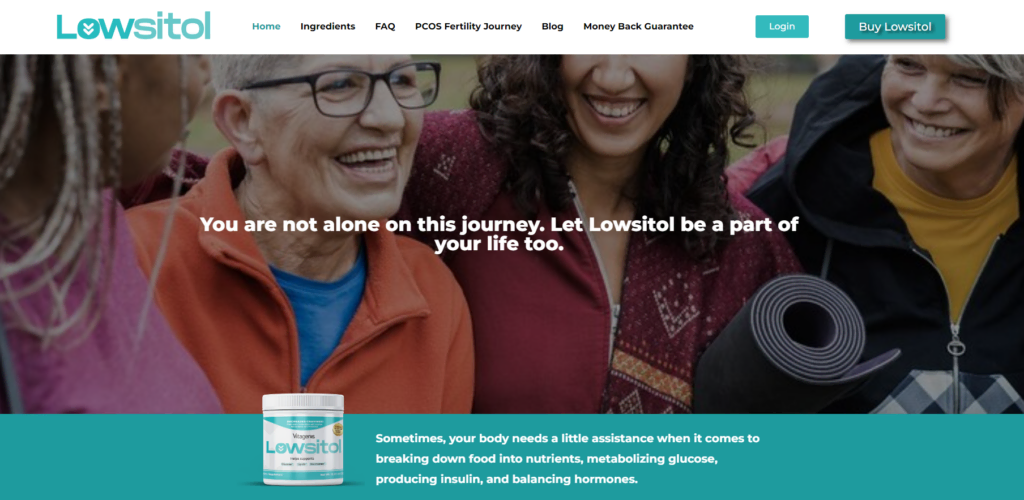


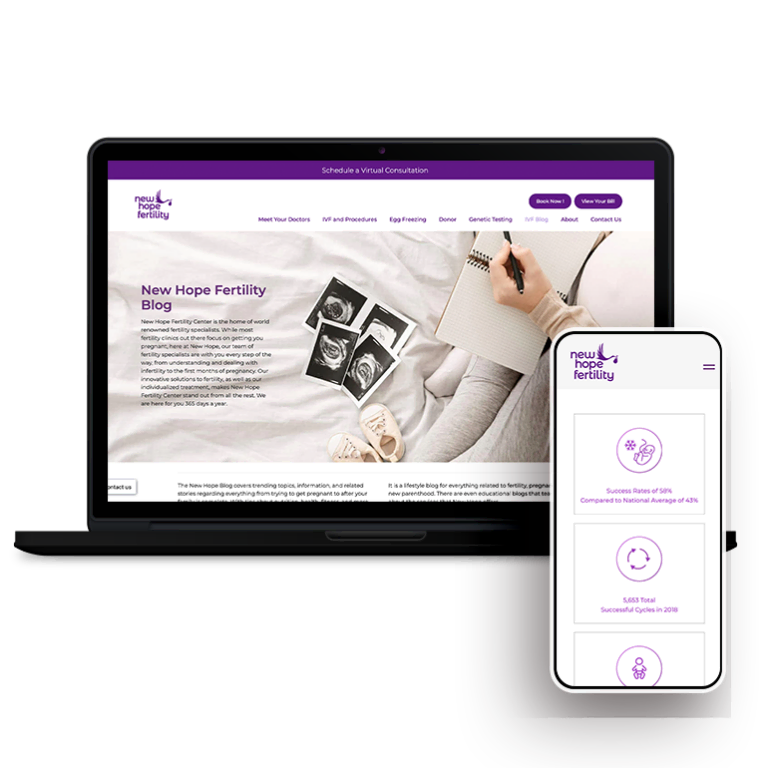
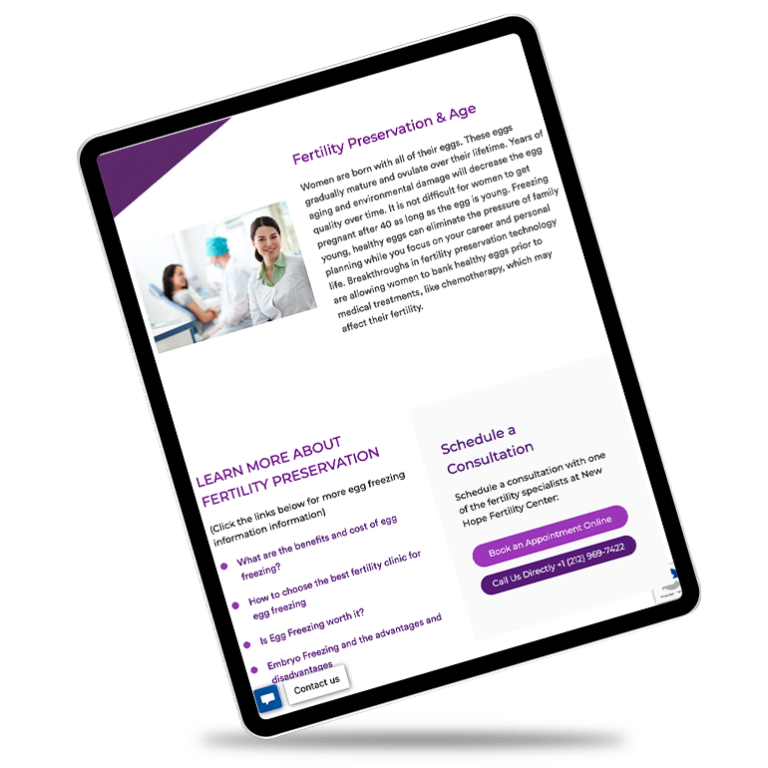

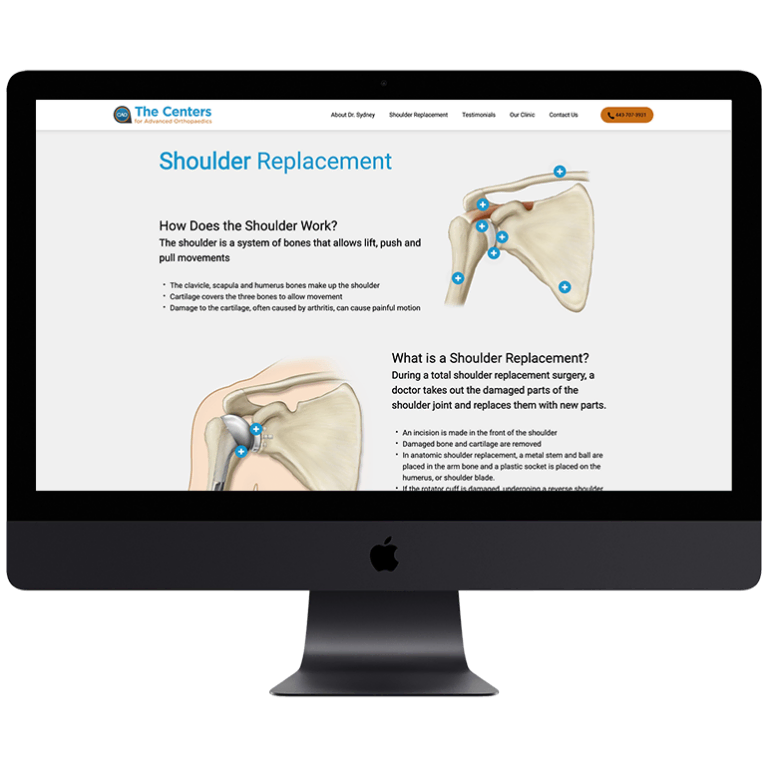





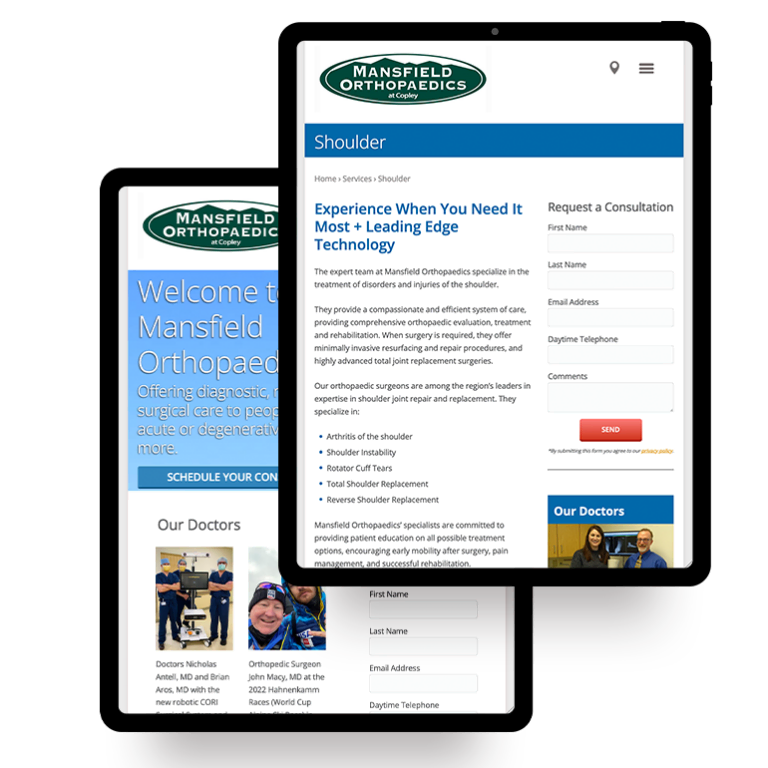

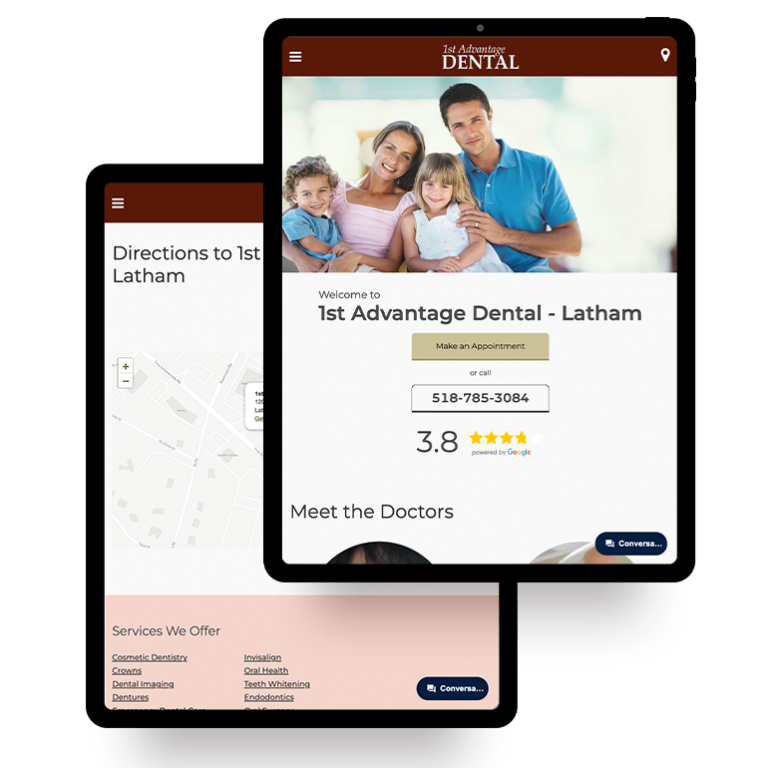

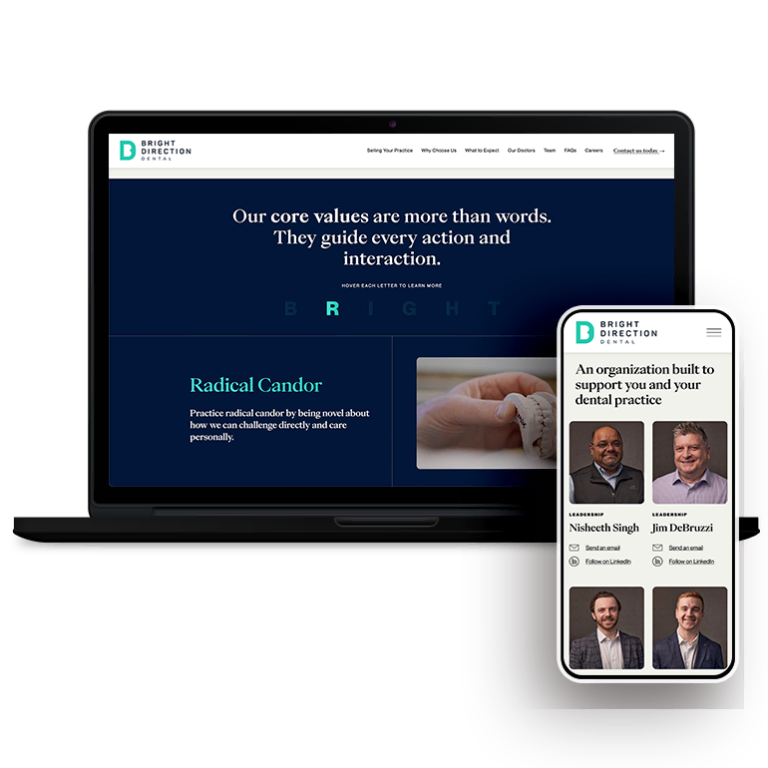
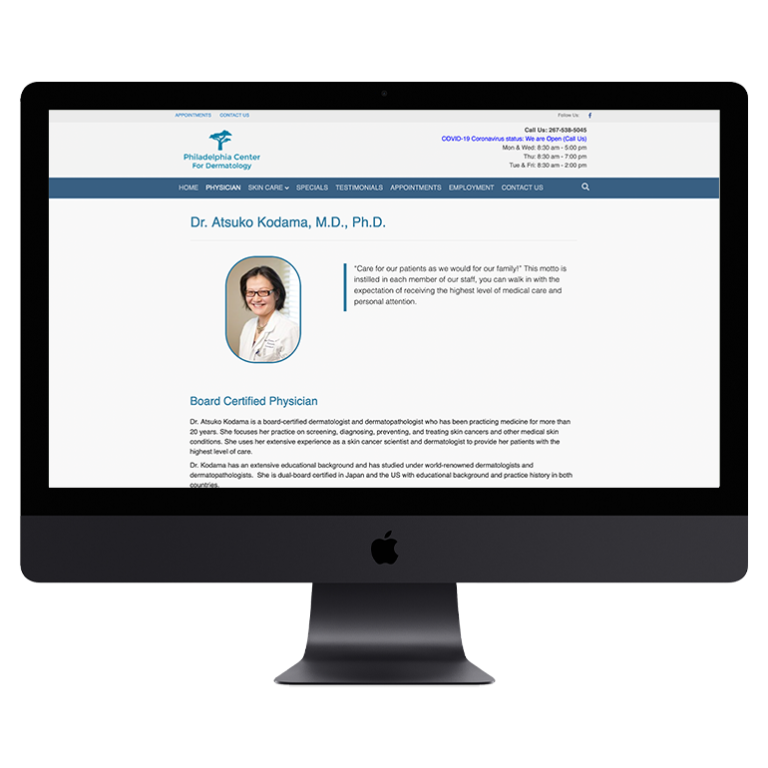

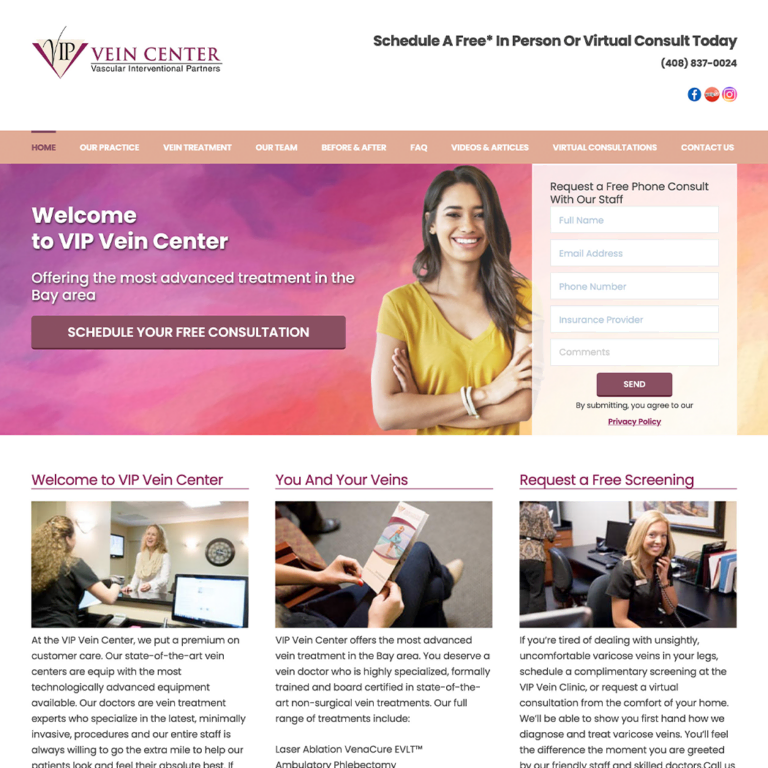


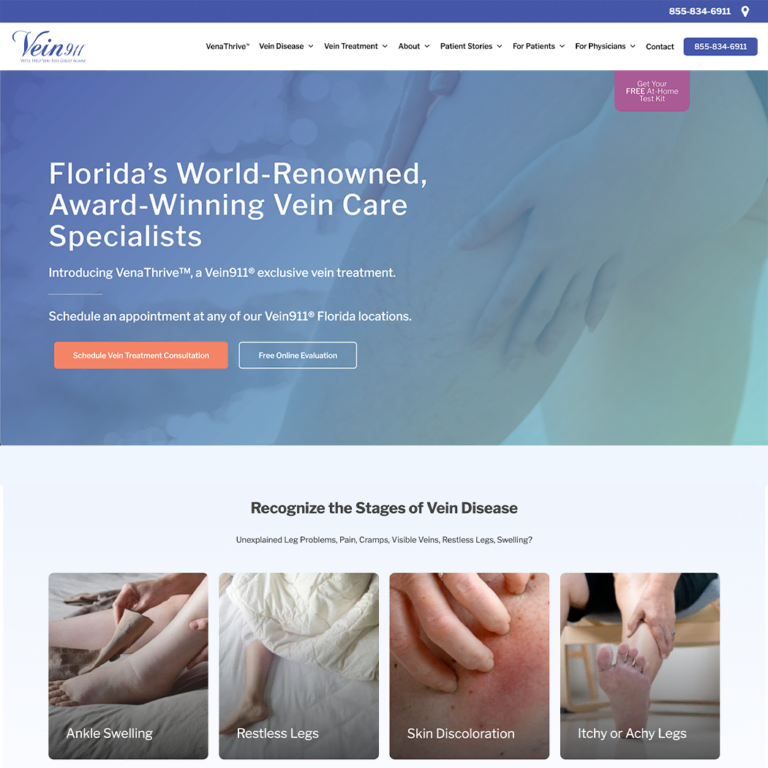
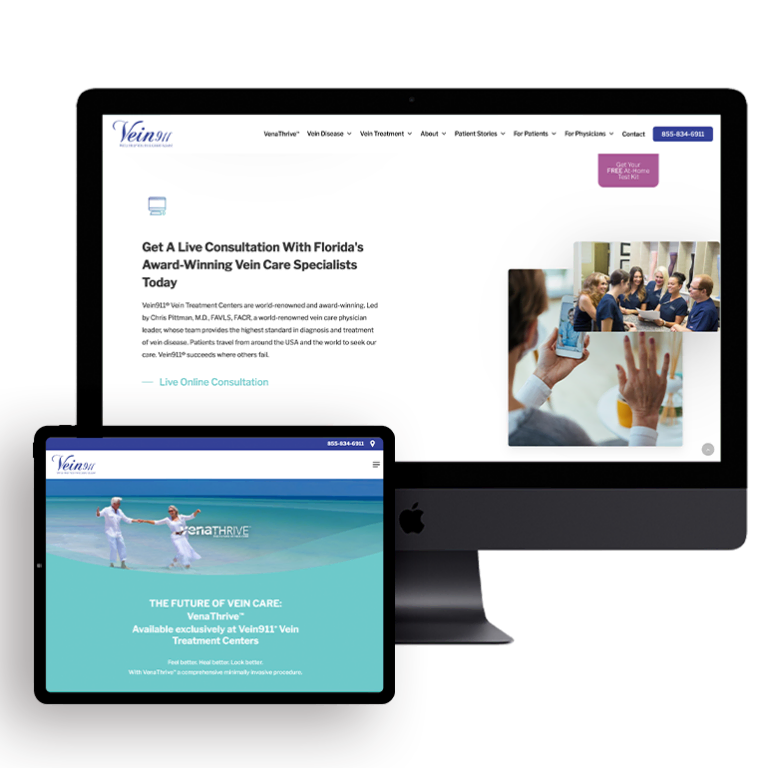
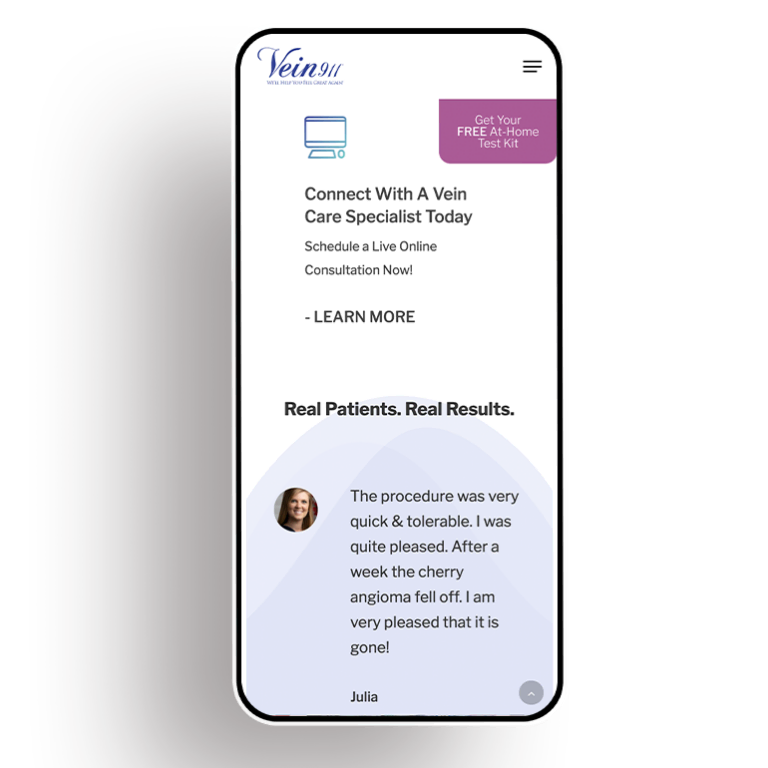
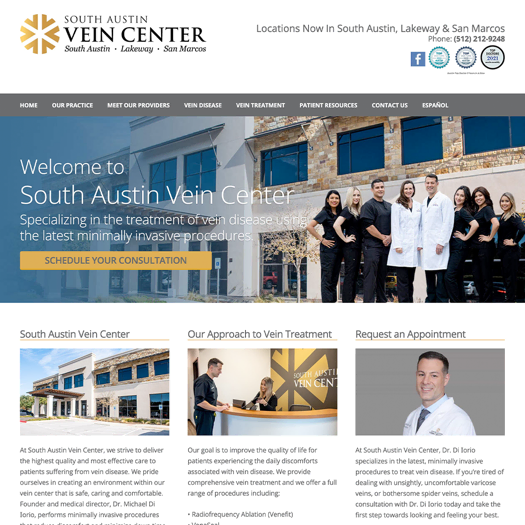
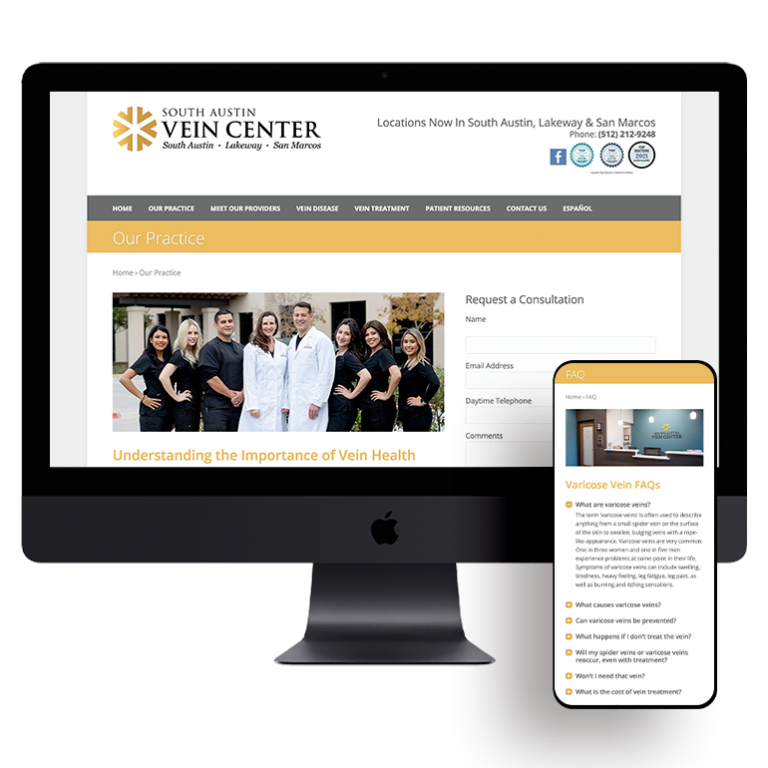
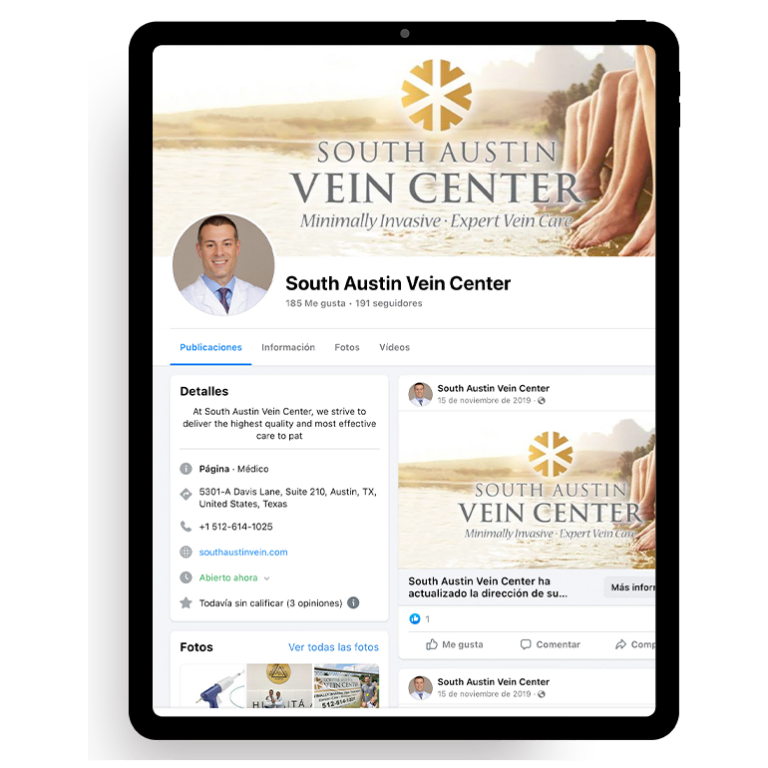



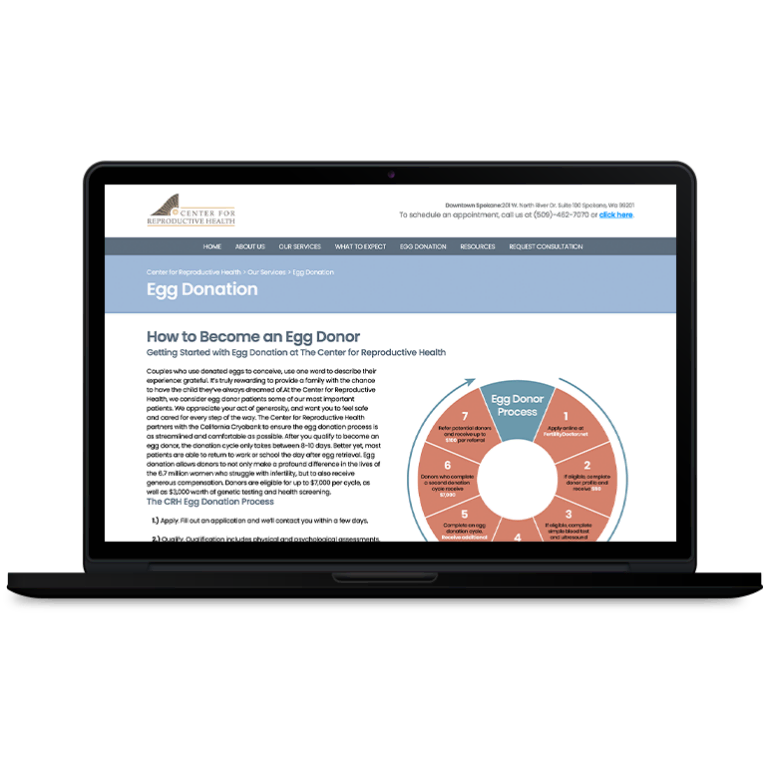

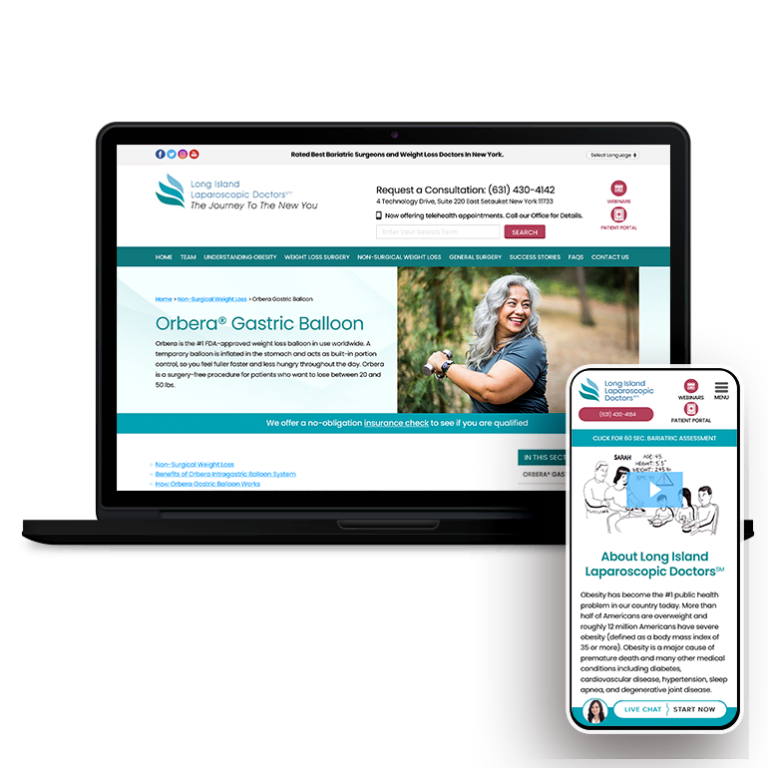
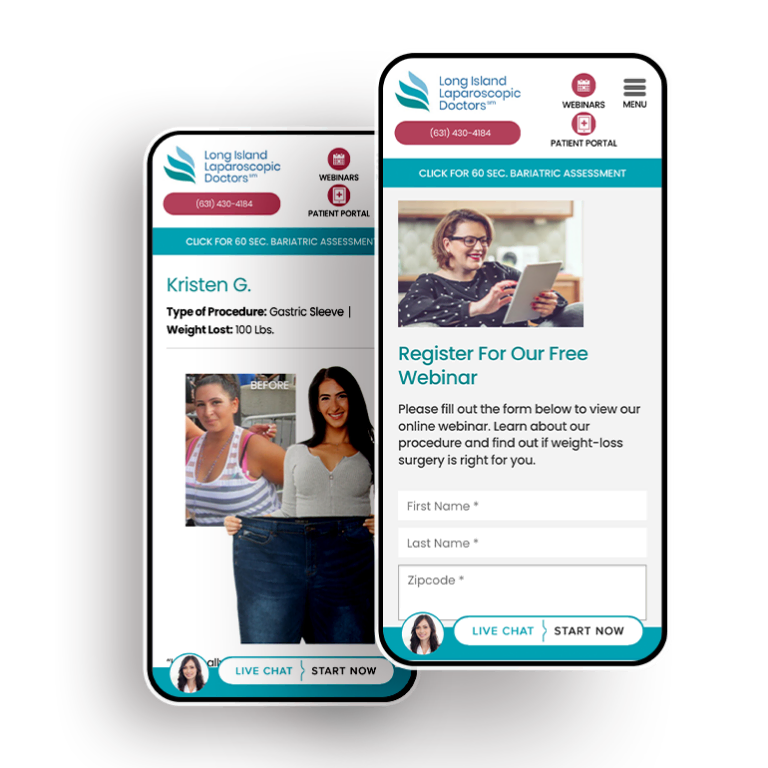
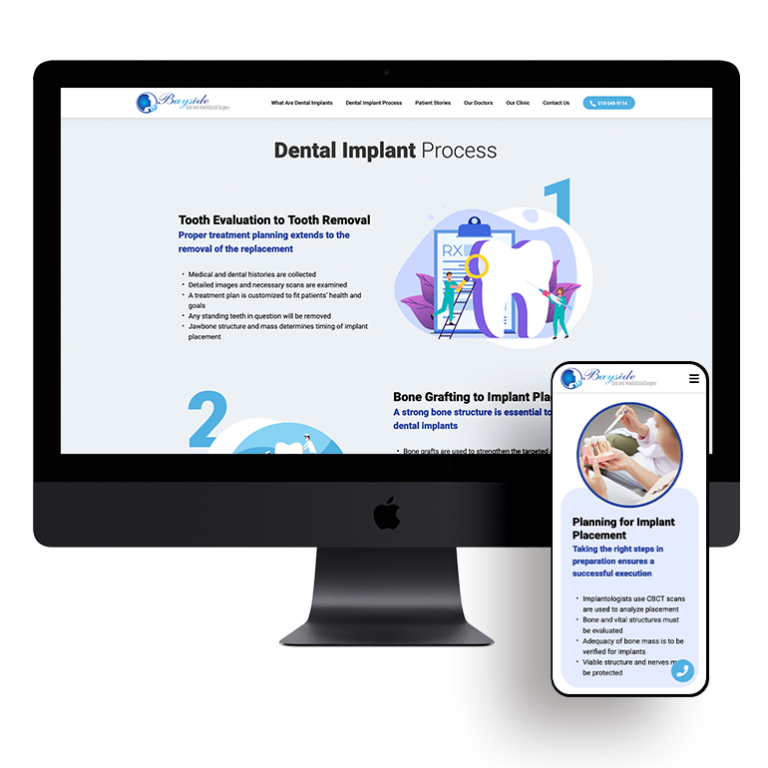




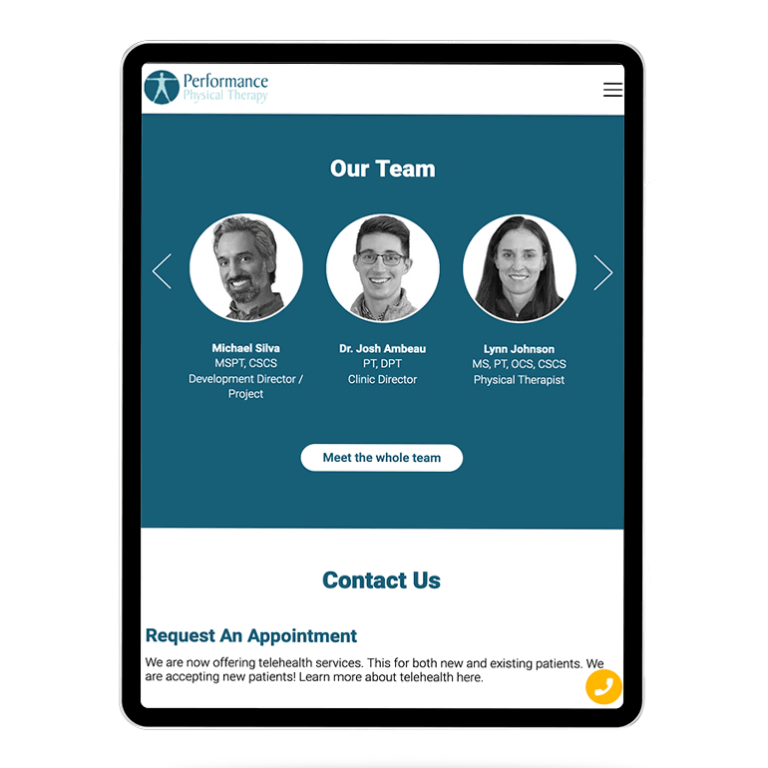

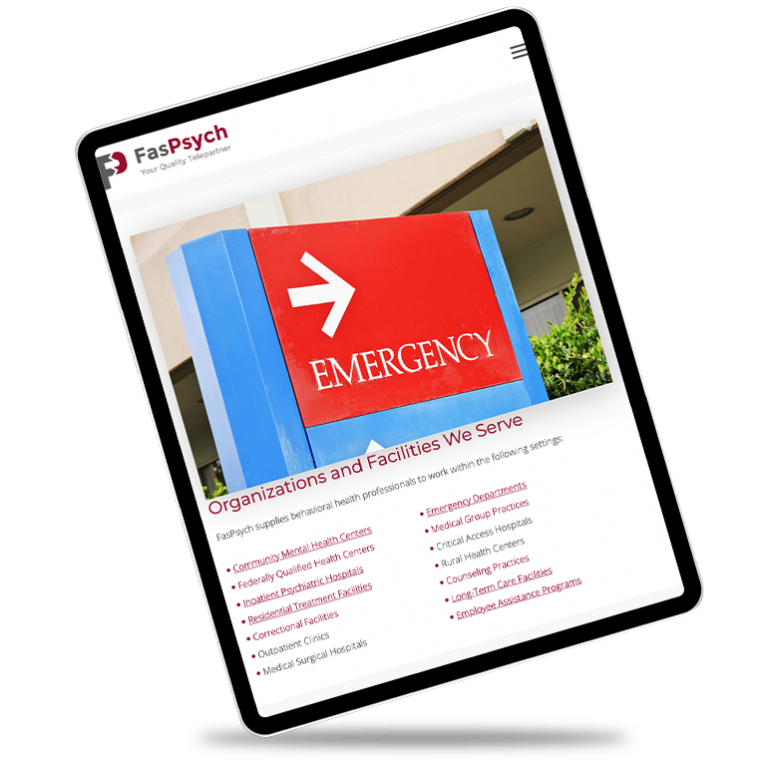
 Smart Design Creates New Patient Opportunities
Smart Design Creates New Patient Opportunities